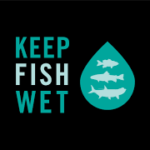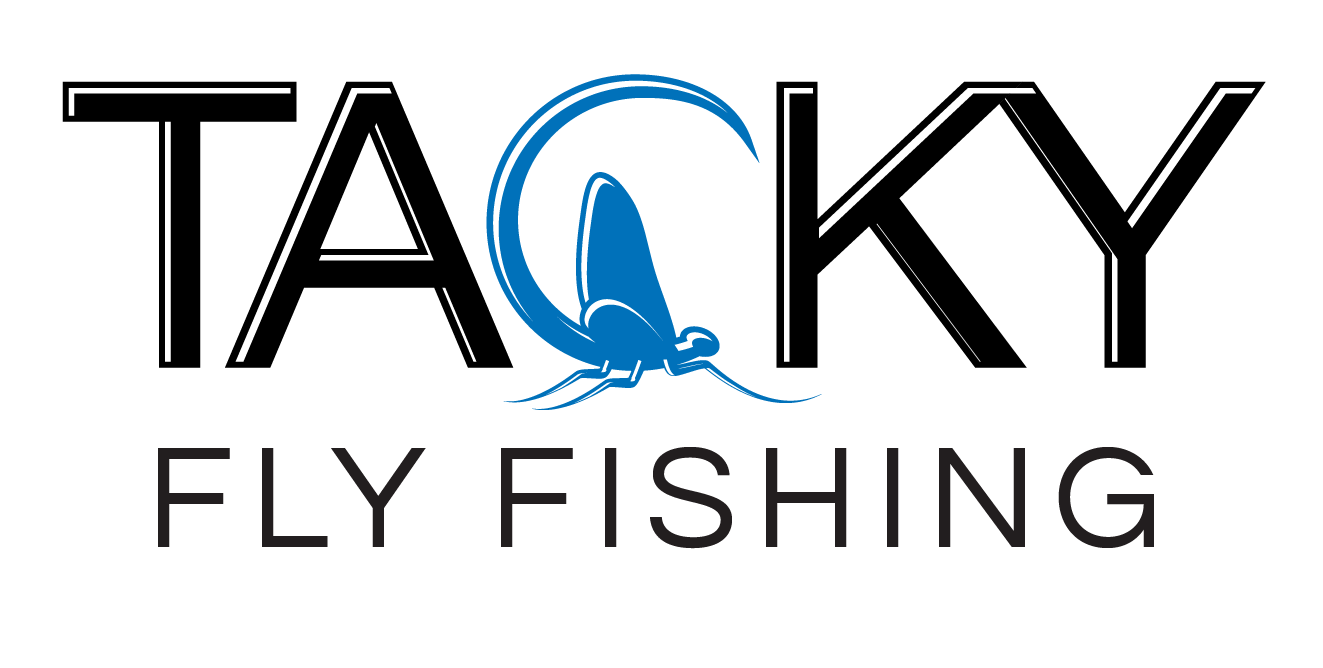 This past Saturday was spent covering the $50,000 finale Grand Prix at the Vermont Summer Festival Horse Show. Held nearby in East Dorset, the class marked the final Saturday in six weeks of competition. The event draws riders from across the US, as well as a few from Canada and Europe, and provided the area with an influx of summer tourists eager to enjoy all southern Vermont has to offer, when they were not posting about in a saddle.
This past Saturday was spent covering the $50,000 finale Grand Prix at the Vermont Summer Festival Horse Show. Held nearby in East Dorset, the class marked the final Saturday in six weeks of competition. The event draws riders from across the US, as well as a few from Canada and Europe, and provided the area with an influx of summer tourists eager to enjoy all southern Vermont has to offer, when they were not posting about in a saddle.
I’ve covered a few of the prior Vermont Grand Prix on spec—shooting stock for myself and pitching for editorial purposes—and enjoyed shooting this final class on assignment for the industry-leading equine publication, The Chronicle of the Horse. The Chronicle provides show coverage, interviews and a variety of training tips for the equestrian elite, and is widely read throughout that community.
It was invigorating, as it somehow always is, to slip back into reporting mode, and it made me happy to photograph the class and then spend some time interviewing the winning rider, Julie Welles of Wellington, Florida.
Somehow balancing a camera in one hand and an audio recorder / notebook in the other feels so perfectly natural.
As I was transcribing my notes and writing the article Sunday, camped out on the balance ball / folding table desk that is Fire Girl HQ, an interesting email bounced into the inbox. It was from an Irish rider with an interest in journalism, asking what gear I took along for a day at the show. I promised him a breakdown, and here it is:
 1) Camera body, long lens, short lens. The 5D Mark II is a workhorse, paint-chipped and careworn as it may be. For covering equine events, I like to bring along a long lens (70-300mm), which remains on the camera for most of the day, and a wide-angle lens (17-40mm) for scale, scenic shots and details. Both present a unique perspective, and it’s always worth carrying around the extra glass for the shots that need a different view. Be wary of changing lenses at shows, though, as it’s often dusty—muck and camera sensors are not allies (see point number 2).
1) Camera body, long lens, short lens. The 5D Mark II is a workhorse, paint-chipped and careworn as it may be. For covering equine events, I like to bring along a long lens (70-300mm), which remains on the camera for most of the day, and a wide-angle lens (17-40mm) for scale, scenic shots and details. Both present a unique perspective, and it’s always worth carrying around the extra glass for the shots that need a different view. Be wary of changing lenses at shows, though, as it’s often dusty—muck and camera sensors are not allies (see point number 2).
2) Cleaning kit. Ringside is dirty—I’ve been splattered with mud while covering rodeos, and have yet to emerge from any horse show without dust-covered equipment and the uniquely acrid, sweet smell of barns. If you’re shooting correctly, you are down and dirty next to the ring, and the state of your gear will reflect it. Lens cleaning wipes and a soft cloth always come along in the pack; I carry them in a little Altoids tin so they’re easy to transport and find within the depths of the bag. I also keep a Buff (a long, rounded piece of lightweight fabric) in the bag for use an impromptu drizzle / dust storm cover.
3) The little stuff. Always carry more memory cards than you think you’ll need, and a spare (charged!) battery will never go amiss. Filters are a personal preference—I rarely use them when covering action sports, instead preferring a protective UV filter as a guard against flying gravel, but when shooting scenics around the show grounds, a circular polarizer can come in handy for certain light situations.
4) Press pass. While additional accreditation is required at the larger shows—Spruce Meadows, for example, has a lovely press kit and a spectacular press office from which to file stories—I always bring along national press accreditation as well. Never hurts, and the ID tag around my neck lets riders know I’m not some creeper zooming in on them in the warm-up ring.
5) Water / Snacks. Show food is always expensive—a lesson learned from my own days in the saddle. It always pays to bring along a small water bottle and a few protein bars to keep energy up during a long workday.
6) Pay attention to your clothing. For more formal shows (i.e. the Master’s Tournament at Spruce) I’ll go more formal, wearing nice jeans, equestrian-looking boots (Blundstones are workhorses and look the part), a nice blouse and a tailored jacket. Even through the jacket looks formal, it boasts plenty of hidden pockets for lens caps, cleaning cloths, etc. Function over fashion, always. For smaller shows, I’ll let myself relax a bit more; this past weekend I wore quick-dry pants and a lightweight, short-sleeved button-down. Best to err on the side of professional, but be sure you are comfortable. Horse show assignments mean long days, and comfort will surpass all else on your mind come the evening rounds.
7) The camera bag. I prefer a shoulder-type bag for horse shows, as it allows me to change gear on the run if needed, and is easy to set down if I find a good location to shoot from. Backpacks will always reign if I’ve a long distance to walk, but the versatility and practicality of a shoulder bag is hard to beat. My favorite of the past several years has been ThinkTank Photo’s Retrospective 40, a durable, low profile canvas bag purpose-made for photojournalists.
Horse shows are a fantastic example of a photo-rich environment. From the traditional in-ring photos, to the warm-up rings (my favorite!), to quiet moments in the stable row, there’s something to photograph every which way you turn. Don’t be afraid to look beyond the expected images—a horse over a fence, the sharp turn around the barrel—and instead look for the unexpected: an international rider spending a pensive moment checking his girth before mounting, a young bronc rider saying a quick prayer before slipping into the chute. Those are the moments that really bring the emotion full circle… they are relatable.
And, as always, the most important thing is simply getting out there and getting a bit dusty yourself.
Tags: Equestrian












{ 2 comments… read them below or add one }
Enjoyed your article. You’re at home writing about ” horse stuff” as you are about fishing. Two of my priorities in life as well.
Thanks much, Allen. So glad you enjoyed it. They are certainly not bad priorities to have!
In a “former life” I was a competitive equestrian, so I freely admit it’s a bit of a soft spot.